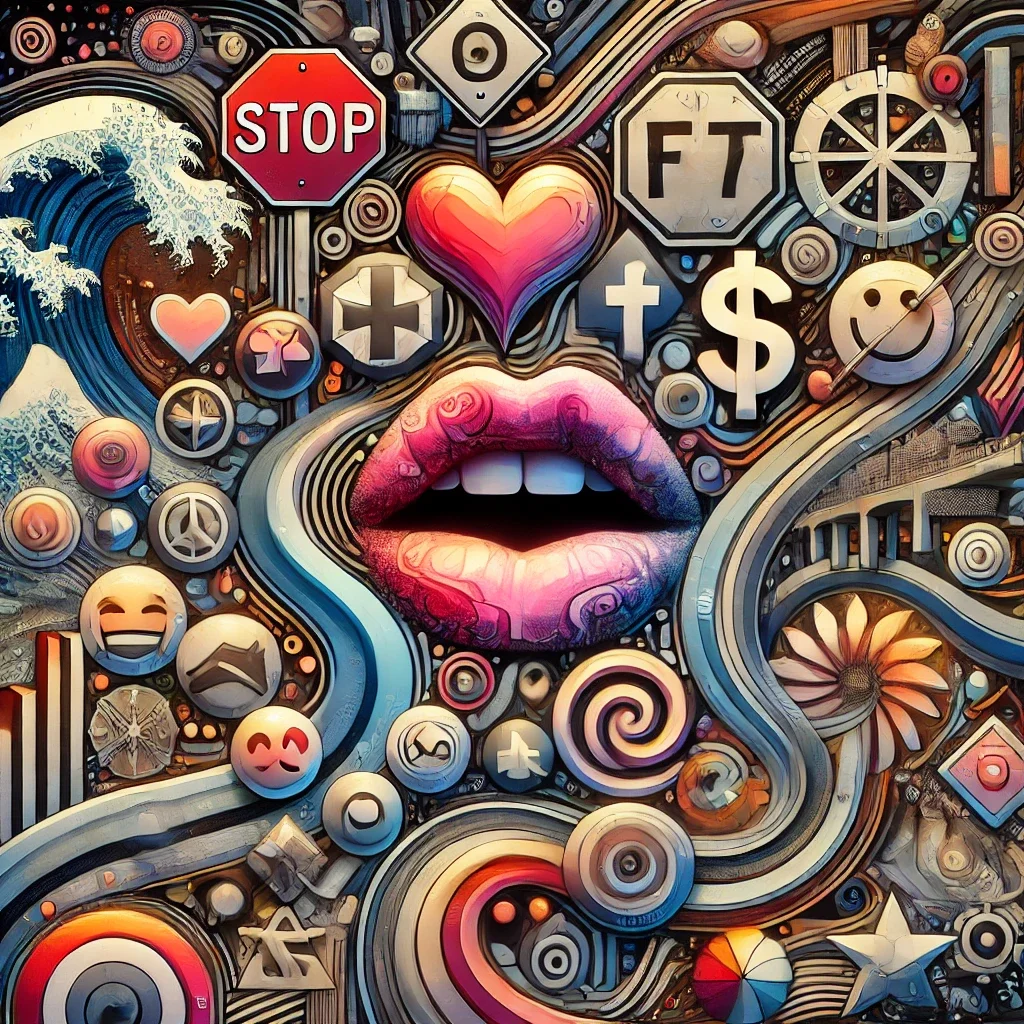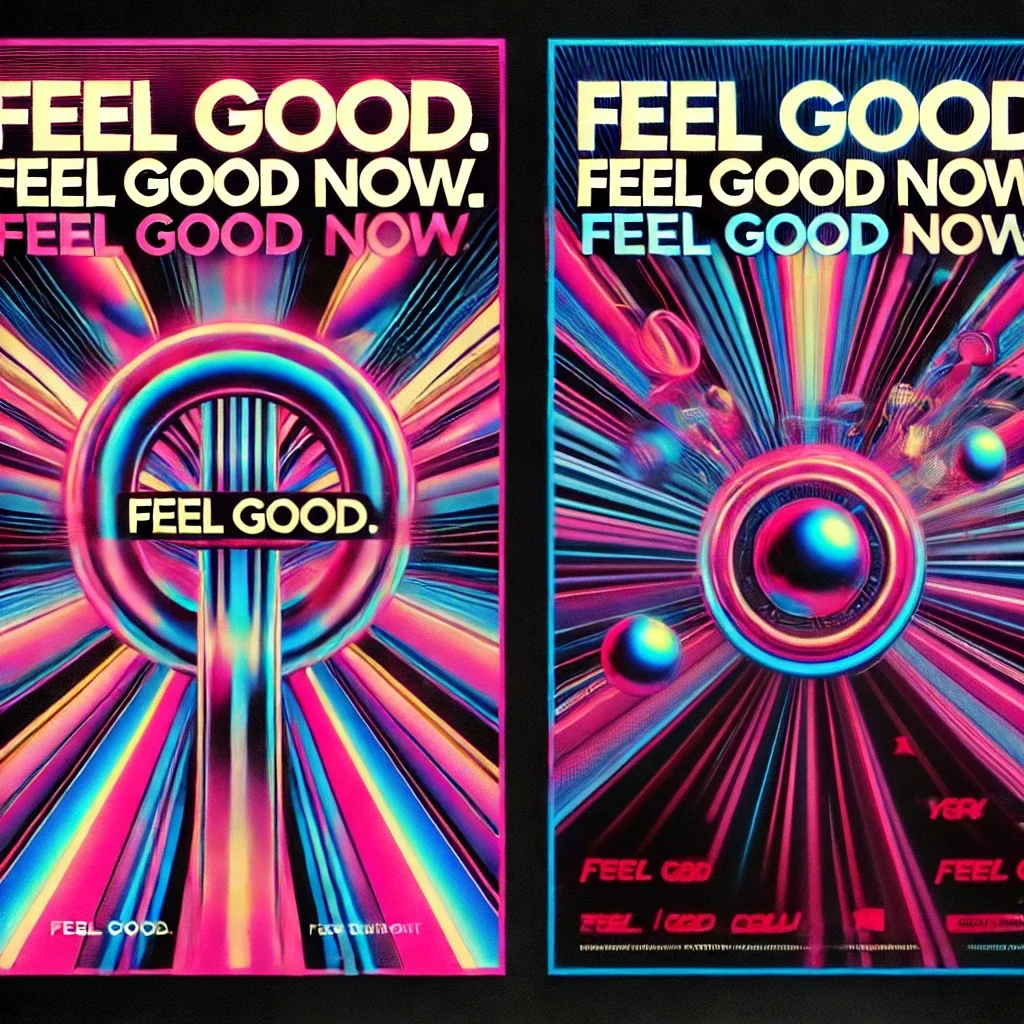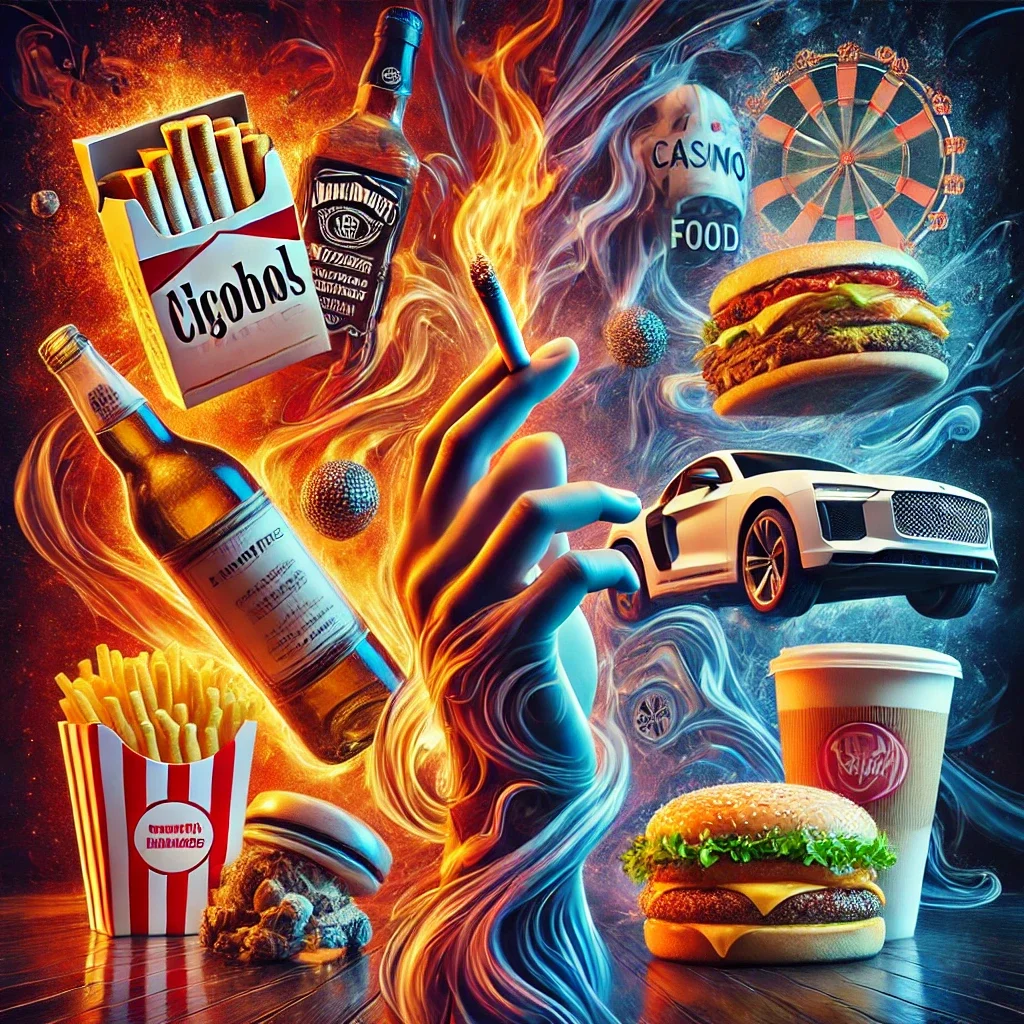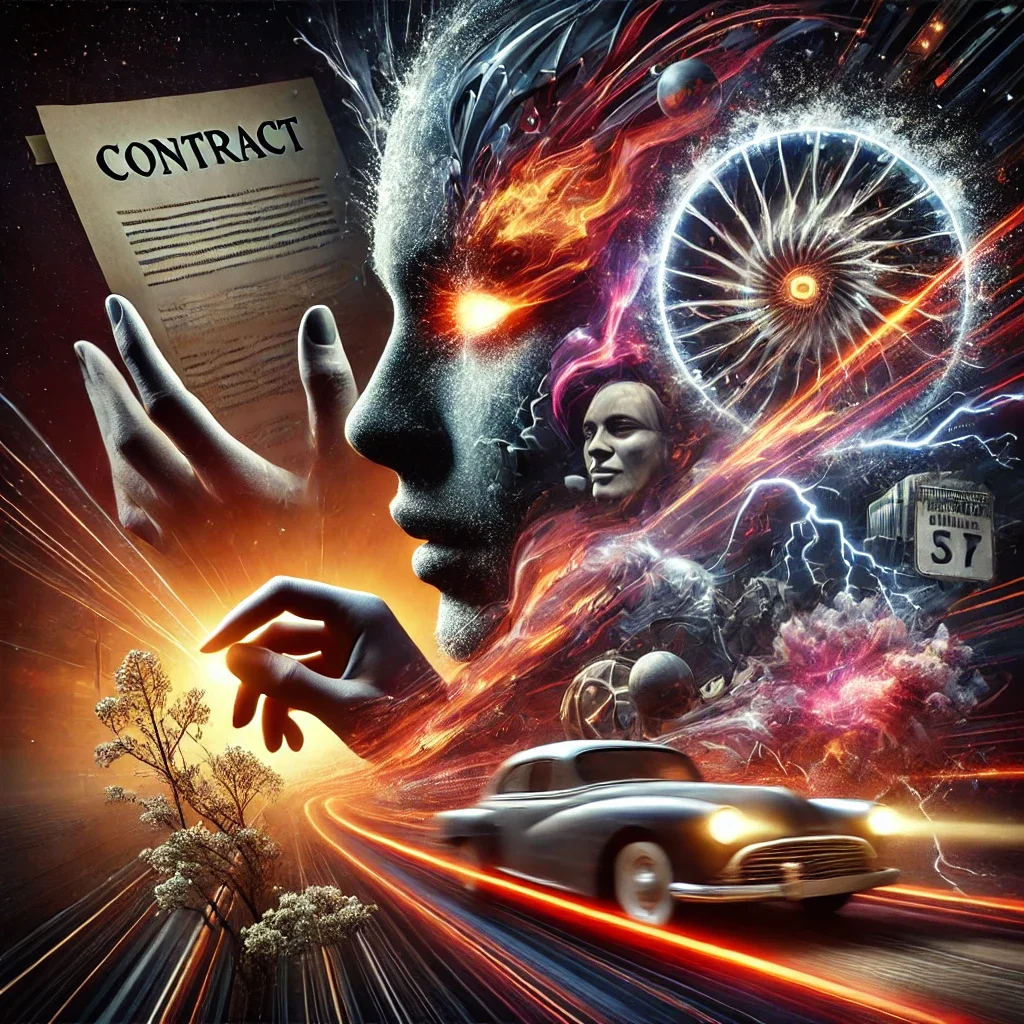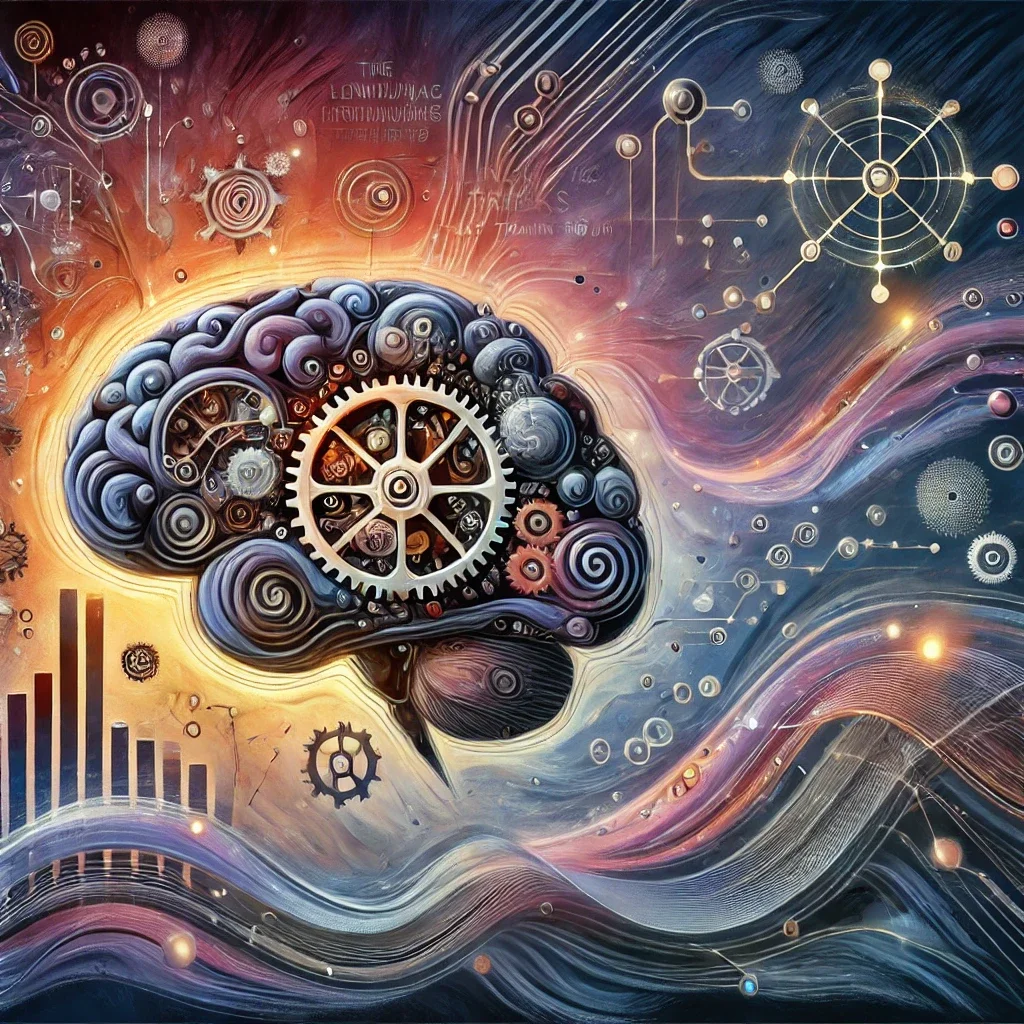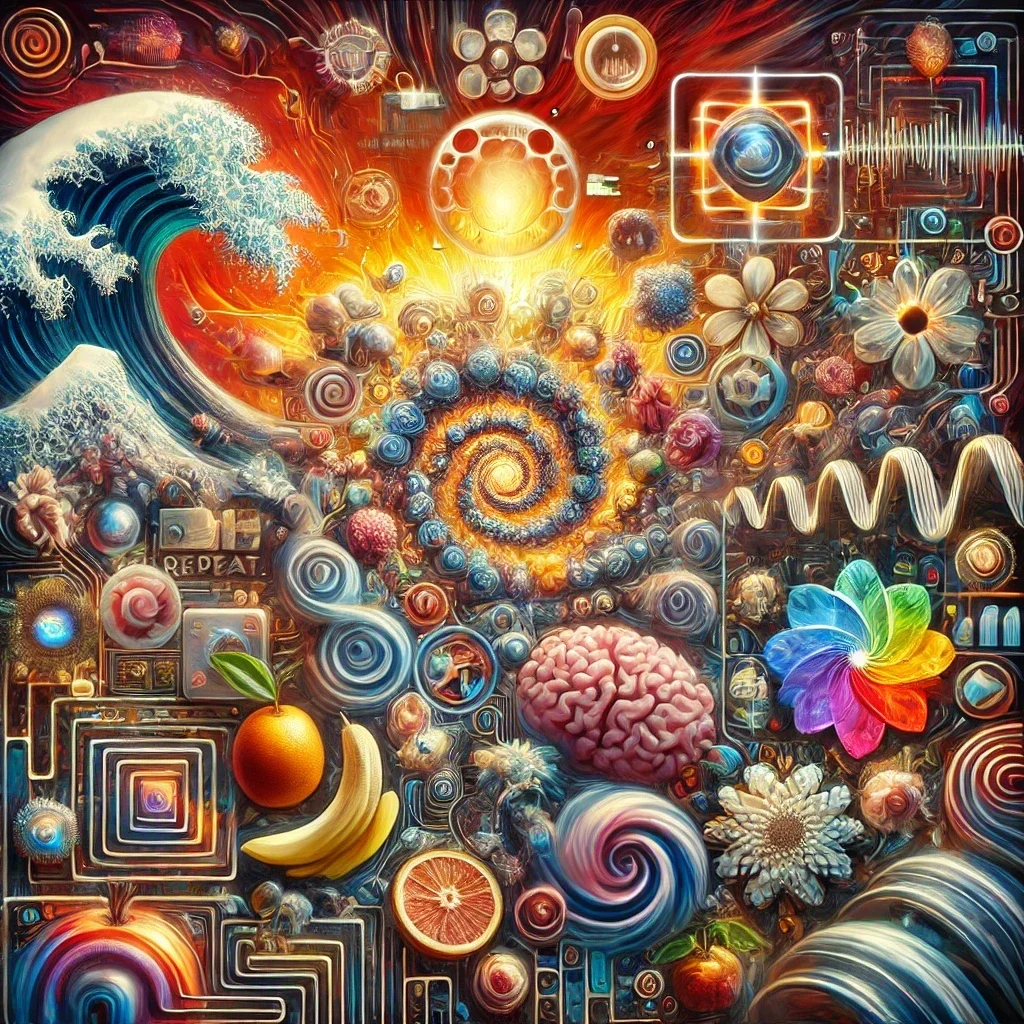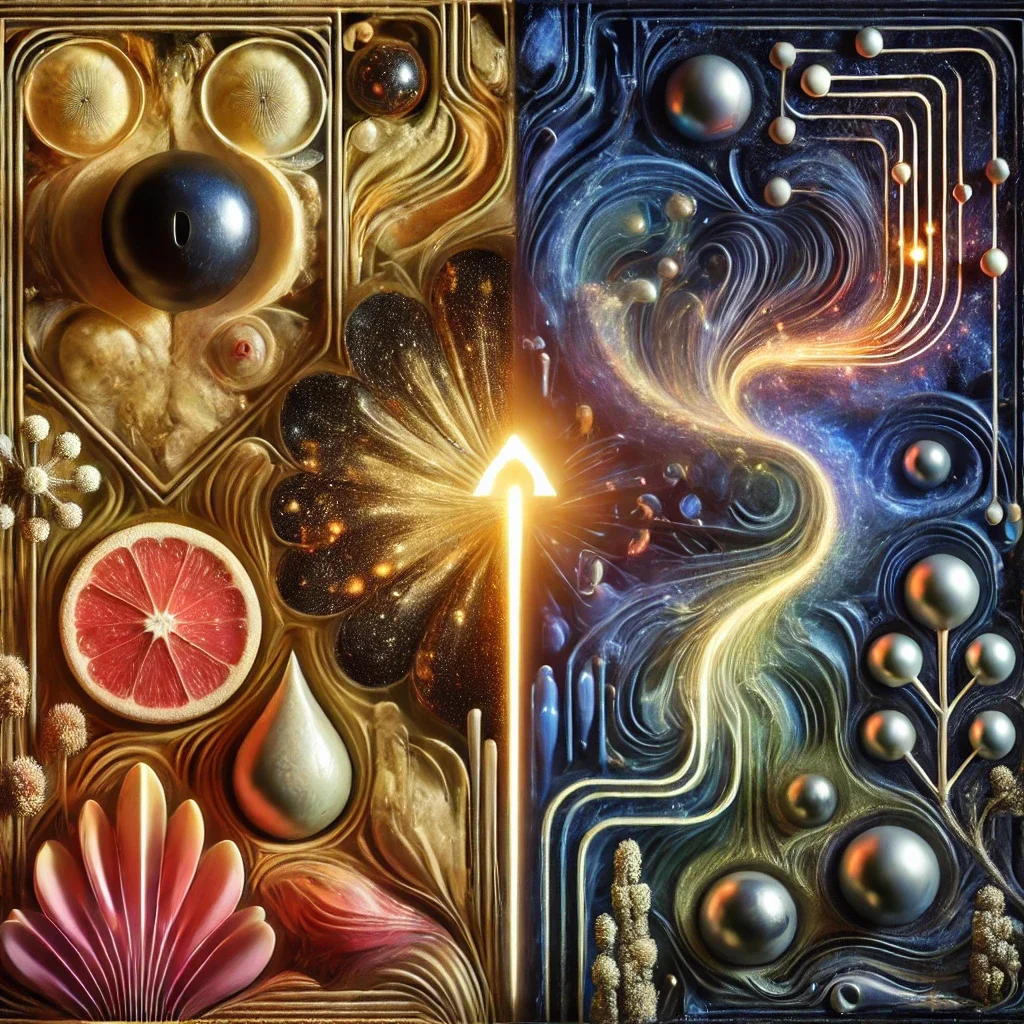The Semiotics of Pleasure: How Modern Culture Teaches Us to Crave More, Faster, Always
Have you ever wondered why scrolling feels irresistible?
Why one dessert is never enough?
Or why ads seem to whisper to you — even when you're trying to ignore them?
It’s not a coincidence.
It’s a semiotic system — a language of images, symbols, and messages — designed to shape what we desire and how we behave.
In other words: modern culture is teaching us to be addicted.
Welcome to the world of pleasure codes — the hidden signals in media, marketing, and storytelling that nudge us toward constant consumption.
1. Welcome to the Age of the Instant Fix
In the 1960s, French theorist Guy Debord warned that we were entering a new era:
“the society of the spectacle.”
He meant a world where images replace experiences, and appearance replaces meaning.
But here’s the twist: in the 21st century, the spectacle doesn’t just distract us — it trains us.
Every flashy ad, every perfect Instagram photo, every shiny product reveal carries an implicit message:
“Feel good. Feel good now.”
Roland Barthes described this as modern mythology — stories we’re told so often that they become invisible. Today’s myth is simple:
**Pleasure must be instant.
Waiting is a failure.
Satisfaction is a right.**
And this mindset becomes the psychological soil where addictions grow.
2. Advertising: The Hidden Curriculum of Addiction
Advertising doesn’t just show products — it teaches emotional lessons.
Each industry has its own seductive myth:
🥃 Alcohol
Masculinity, sophistication, swagger.
Johnnie Walker doesn’t sell whiskey — it sells identity.
🚬 Cigarettes
Freedom, rebellion, ruggedness.
The Marlboro Man turned lung damage into a lifestyle.
🎰 Gambling
Luck as destiny.
“What happens in Vegas stays in Vegas” is another way of saying:
“Indulge. No consequences.”
🍔 Food
“Treat yourself.”
Translation: indulgence is self-care.
🚗 Cars
Domination, virility, power.
The vehicle is secondary — the myth is the primary product.
🛡️ Insurance
Peace, relief, safety.
Buy a policy, buy serenity.
Every ad is a short myth whispering the same message:
Pleasure is the reward. Consumption is the path.
3. Our Heroes Are Addicts — And We Cheer Them On
From novels to Netflix, contemporary storytelling pushes a similar theme:
intensity is better than stability.
Think about:
Faust bargaining with the devil for limitless experience
Dorian Gray choosing eternal beauty over morality
James Bond living fast and dying hard
The Wolf of Wall Street glorifying excess
Breaking Bad turning danger into a dopamine spike
These characters aren’t just entertaining — they’re cultural blueprints.
We’re surrounded by heroes who:
chase thrills
avoid reflection
prioritize sensation
sacrifice long-term well-being for short-term intensity
So addiction stops looking like a flaw…
and starts looking like an aspiration.
4. The Linguistic Tricks That Train Our Brains
Addiction isn’t only visual — it’s linguistic.
Advertising and entertainment use specific language patterns that condition desire:
✦ Mythologization
Simple products become epic quests.
A chocolate bar becomes “indulgence.”
A soda becomes “happiness.”
✦ Eroticization
Everything becomes sensual: food, clothing, even cars.
✦ Temporal Compression
“Right now.” “Instant.” “On demand.”
Waiting becomes obsolete.
✦ Synesthesia
Mixing senses in language:
“Crisp,” “smooth,” “melts in your mouth.”
✦ Moral Inversion
Indulgence becomes virtue…
self-denial becomes weakness.
The outcome?
A brain primed for rewards it didn’t choose — and can’t resist.
5. The Science: Our Dopamine Is Being Rewired
Sociologists and neuroscientists have been tracking these effects for decades.
Zygmunt Bauman
Says we live in “liquid modernity”:
constantly shifting identities, desires, and expectations.
Jean Baudrillard
Argues we don’t buy objects anymore —
we buy the signs attached to them.
Nora Volkow (NIDA)
Shows that repeated exposure to reward cues actually rewires dopamine receptors.
The brain becomes trained to:
crave more
tolerate less waiting
seek stimulation
avoid stillness and boredom
This is the biological signature of addiction.
6. The Verdict: Addiction Is the Language of Our Era
If addiction once seemed like an individual weakness, today we see it differently:
Addiction is a cultural product.
A predictable outcome of semiotic capitalism.
We are surrounded by:
reward cues
pleasure myths
instant gratification stories
dopamine-engineered platforms
an economy built on our impulses
Our culture speaks a single, powerful sentence:
Consume. Repeat. Desire again.
And so, in a world overflowing with pleasure codes, it’s no wonder so many people feel overwhelmed, compulsive, or chronically dissatisfied.
Final Thought
Recognizing these pleasure codes doesn’t make you immune to them…
but it does give you a choice.
When you understand the semiotics of pleasure, you can finally ask:
Is this what I want?
Or is this what the culture wants from me?

